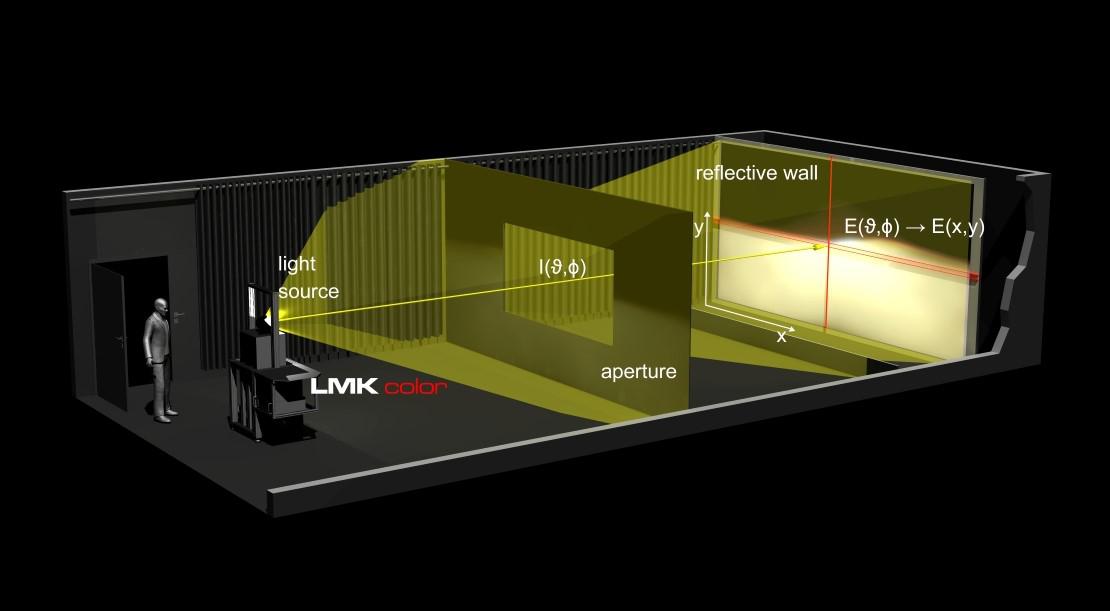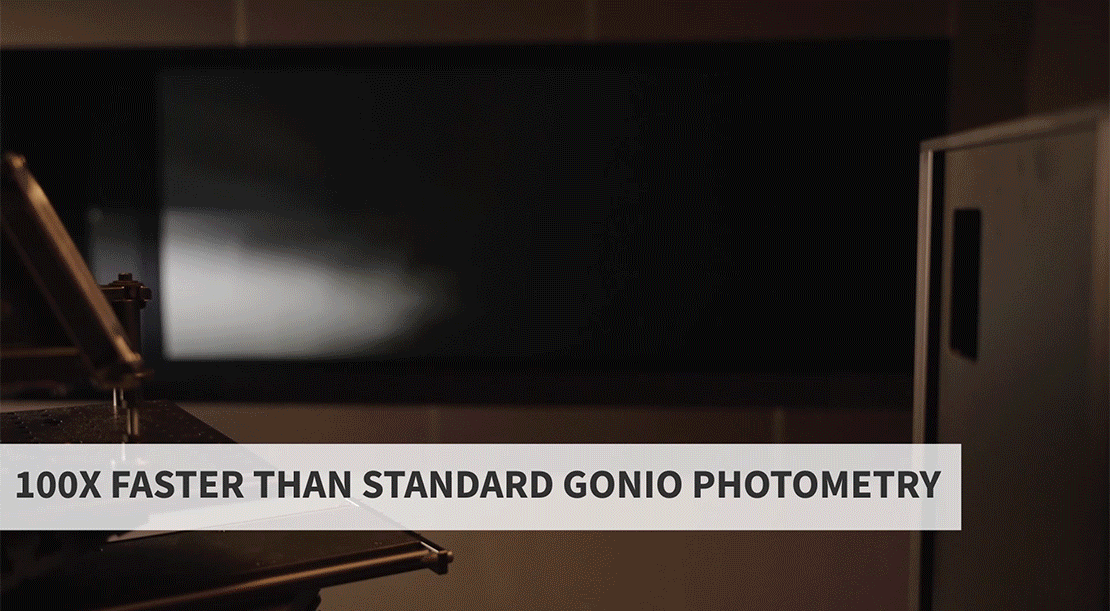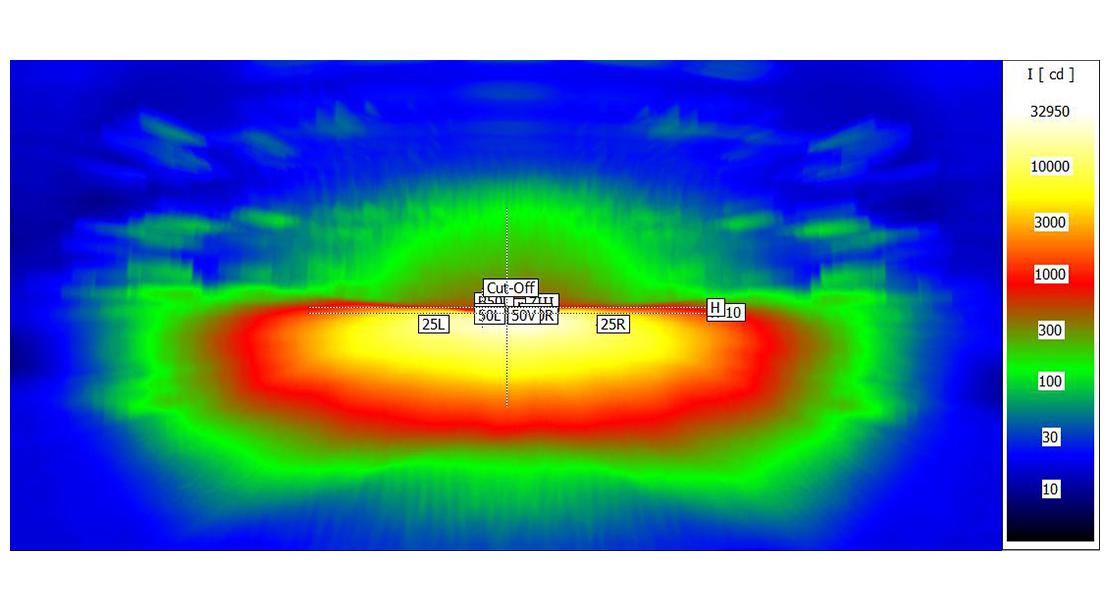BV room - High-Precision Screen Photometry Lab System
The BV Room is a specialized laboratory system designed for automotive lighting, and general lighting research. Built around our core product LMK, the BV Room combines optical precision and automated workflows for both R&D and quality assurance environments.
Engineered for Accuracy, Designed for Flexibility
This modular system scales to your needs — from compact setups under 3 m to expansive 10–25 m measuring distances — and delivers precise luminous intensities, illuminances, and color coordinates for complex light sources. Achieve consistent, standard-compliant results from prototype analysis to production verification.
A complete solution tailored to your application
Assemble your BV room with proven TechnoTeam components:
- LMK 6 or LMK 6 color imaging luminance/metrology devices
- LID Table (for sample positioning)
- Optional further hardware: PC, power supplies
- Software: LabSoft (for R&D workflows), LID-Checker (for both R&D and EOL usage)
| Basic technical data | automotive1 | general lighting |
|---|---|---|
| Size of the device under test |
< 2 m | < 2 m |
| Typical measuring distance | 3.16 m to 25 m | 1 m to 3 m |
| Object field | hor. ±90° by vert. ±22° (3.16 m) hor. ±90° by vert. ±8.5° (10 m) |
Hor. ±180°; vert. ±90° depending on size of laboratory and positioning system |
| Resolution | 0.005° to 0.05° | 0.1° |
| Measuring range | 0.01 cd - 10 Mcd | 0.01 cd - 10 Mcd |
| Measurable contrast2 | 1:10 000 | 1:1 000 |
| Measuring time | seconds to minutes3 | seconds |
| Basic technical data | |
|---|---|
| Size of the device under test | automotive1: < 2 m general lighting: < 2 m |
| Typical measuring distance | automotive1: 3.16 m to 25 m general lighting: 1 m to 3 m |
| Object field | automotive1: hor. ±90° by vert. ±22° (3.16 m) hor. ±90° by vert. ±8.5° (10 m) general lighting: Hor. ±180°; vert. ±90° depending on size of laboratory and positioning system |
| Resolution | automotive1: 0.005° to 0.05° general lighting: 0.1° |
| Measuring range | automotive1: 0.01 cd - 10 Mcd general lighting: 0.01 cd - 10 Mcd |
| Measurable contrast2 | automotive1: 1:10 000 general lighting: 1:1 000 |
| Measuring time | automotive1: seconds to minutes3 general lighting: seconds |
2CIE244:2021 f25
3With image stitching
Why choose the BV room system?
- Flexible and scalable: tailored to small test samples or large-scale setups
- Broad measurement range: suitable for cd to Mcd levels, high contrast demands
- Modular components: integrates with LMK 6/LMK 6 color, LID Table, LabSoft, LID-Checker
- Full service offering: calibration, setup, maintenance, lab layout design
- Automotive-grade precision: patented solution in partnership with LMT for headlight testing
Your Next Step Toward Measurement Excellence
We ensure your BV Room system operates at peak precision through:
- Photometric calibration (cd, lx, lm, cd/m²)
- Geometric calibration (spherical / Cartesian coordinates)
- Laboratory layout design & consultation
- Ongoing maintenance, upgrades, and technical support
Bring world-class screen photometry to your laboratory.
Contact us to design a BV Room configuration that matches your testing requirements.




